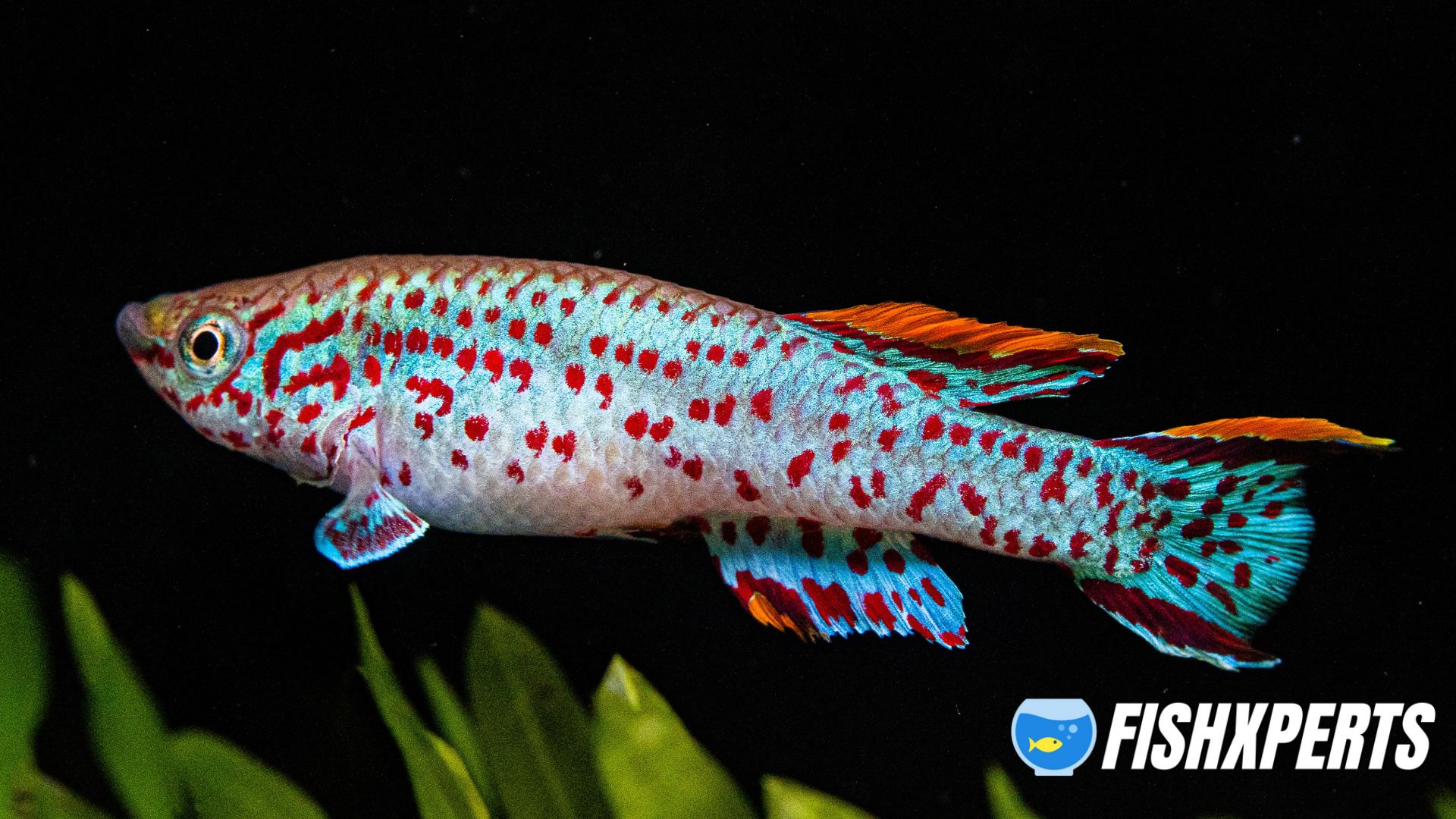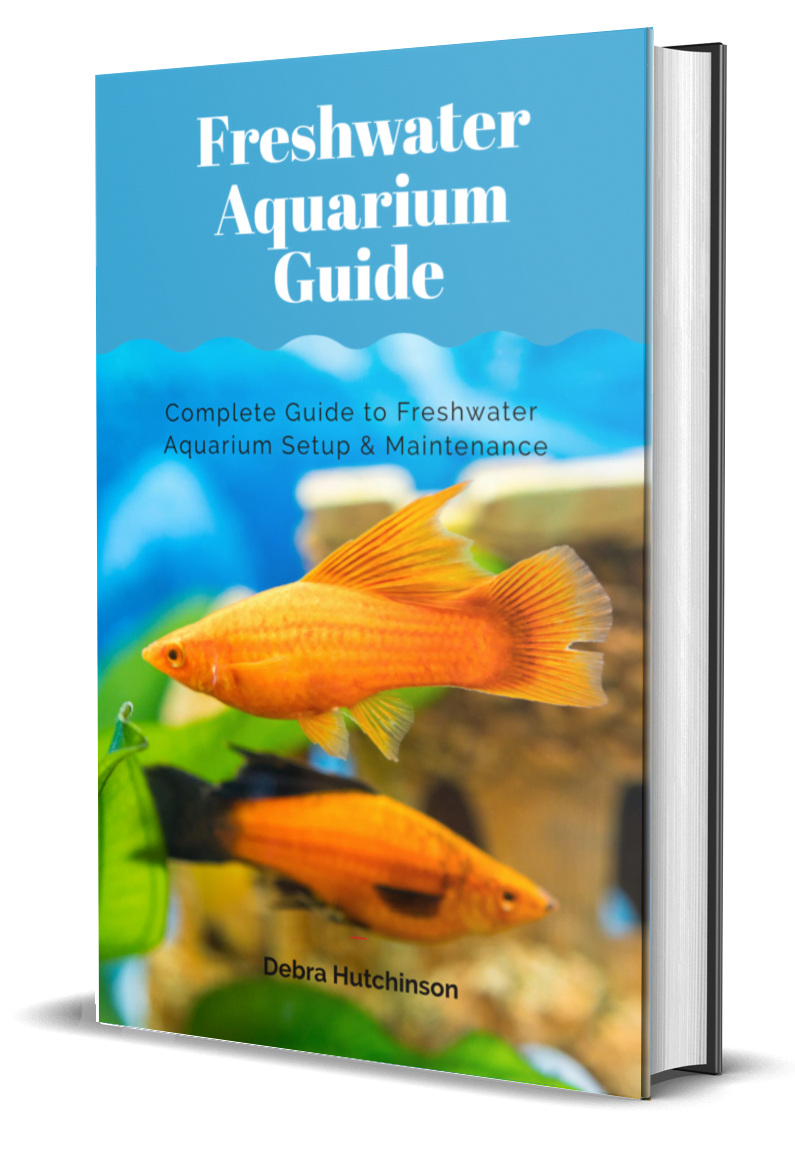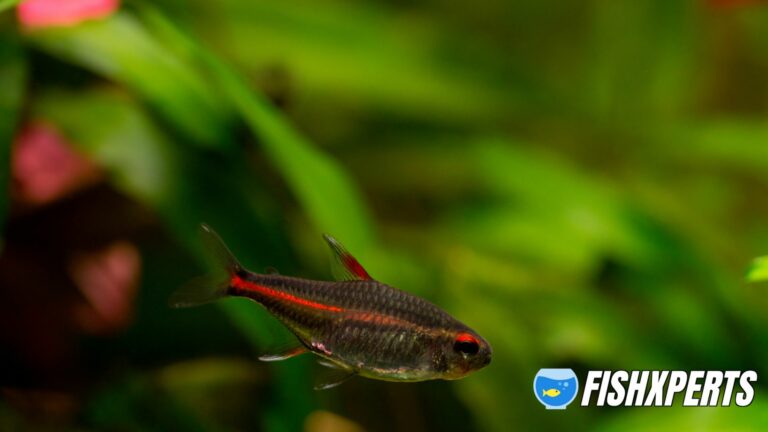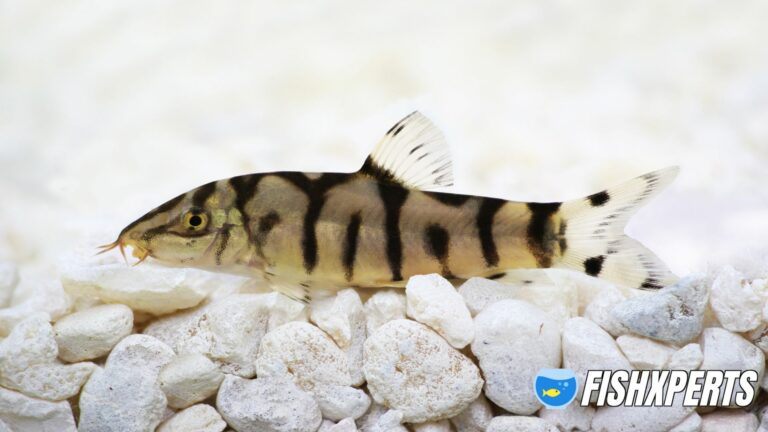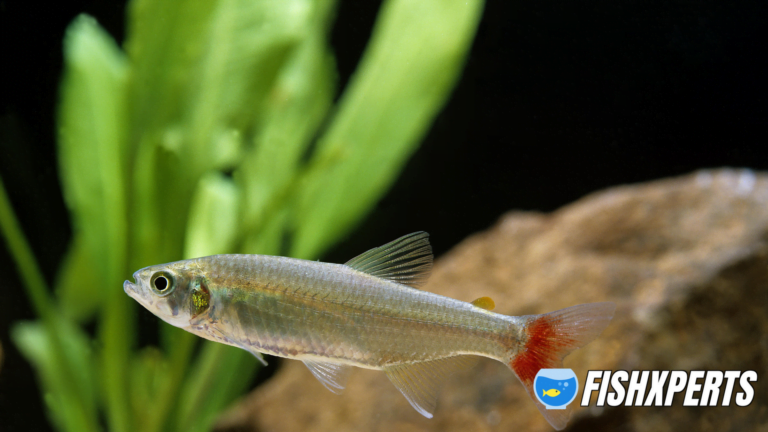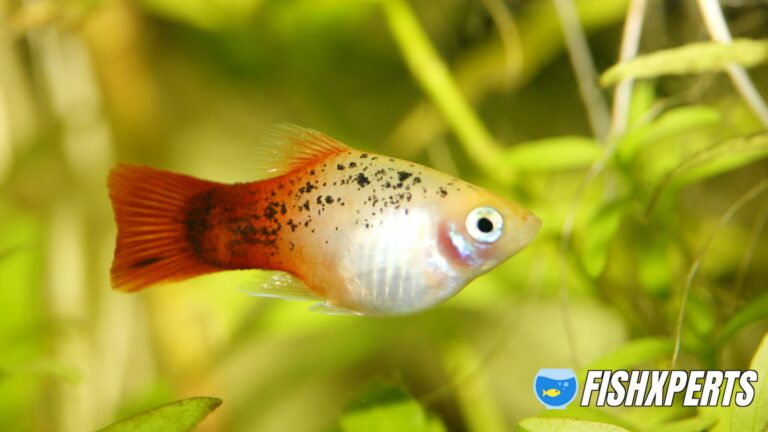Killifish Care
Overview
Killifish are small, freshwater fish that are found in tropical and subtropical regions around the world. There are over 1,200 species of killifish, which makes them one of the most diverse groups of freshwater fish.
Killifish are popular among aquarists and fishkeepers due to their bright colors and interesting patterns. They are relatively easy to care for and make a great addition to any freshwater aquarium.
While killifish are not typically kept as pets, they are prized by many collectors for their beauty and uniqueness.
If you’re looking to add some color and life to your aquarium, killifish are a great option! These vibrant little fish are relatively easy to care for, and can add a lot of personality to your tank. Here are a few tips on how to care for killifish:
- provide plenty of hiding places and plenty of open swimming space
- keep them in groups of at least 6 fish
- use a sandy substrate and live plants
- feed them small live or frozen foods
With a little bit of care, killifish can be a fun and rewarding addition to your aquarium!
Diet
As with all animals, what a killifish eats depends on its species. In the wild, most killifish are opportunistic feeders, eating whatever prey is available. However, in captivity, it is important to provide a varied and nutritious diet to keep your killifish healthy and happy.
A good rule of thumb is to offer a variety of live, frozen, and freeze-dried foods. Brine shrimp, daphnia, and bloodworms are all good choices. You can also offer pellets or flakes designed specifically for killifish.
It is important to remember that killifish are small fish and they should be fed small meals several times a day. Overfeeding can lead to health problems, so it is best to err on the side of caution.
As with all animals, it is important to consult with a veterinarian or qualified aquarist if you have any questions about your killifish’s diet.
Behavior
Killifish are generally peaceful fish that can get along with most other aquarium inhabitants. However, there are a few things to keep in mind when choosing tankmates for your killifish.
First, killifish are known to be fin nippers. This means that they may nibble on the fins of other fish in the tank. As a result, it is best to keep killifish with fish that have similar body shapes and fin sizes.
Second, killifish are known to be jumpers. This means that they may jump out of the aquarium if given the opportunity. As a result, it is important to make sure that your aquarium is properly covered.
Third, killifish are known to be territorial. This means that they may fight with other fish over territory in the tank. As a result, it is best to keep killifish with fish that are not too aggressive.
Fourth, killifish are known to be shy. This means that they may hide in the aquarium if they feel threatened. As a result, it is best to keep killifish with fish that are not too active.
Overall, killifish are peaceful fish that can make good tankmates for other aquarium inhabitants. However, there are a few things to keep in mind when choosing tankmates for your killifish.
Habitat And Aquarium Set Up
The correct habitat and aquarium set up is critical for the health and wellbeing of your killifish. In the wild, killifish live in a variety of habitats including ponds, streams, rivers, and swamps. In captivity, they can be kept in either freshwater or brackish water aquariums.
When choosing an aquarium for your killifish, it is important to select one that is the appropriate size and has the proper filtration. The aquarium should be at least 10 gallons in size, and should have a filter that is rated for at least twice the size of the aquarium. It is also important to have a tight-fitting lid on the aquarium to prevent escape.
The substrate in the aquarium should be dark in color and soft, to allow the killifish to burrow. Fine gravel or sand is a good choice. Live plants can also be used, and will provide hiding places for the fish as well as help to keep the water quality high.
When setting up the aquarium, it is important to slowly acclimate the killifish to their new environment. To do this, float the sealed bag that the fish came in on top of the aquarium for 15 minutes. After 15 minutes, open the bag and allow some of the aquarium water to enter. Repeat this process every 15 minutes for an hour. After an hour, the fish can be released into the aquarium.
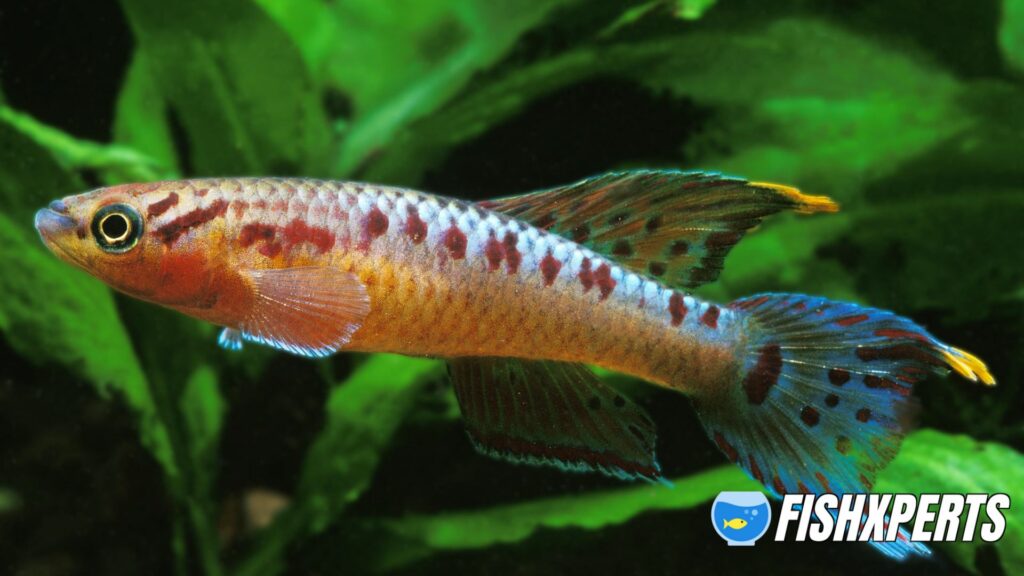
The water in the aquarium should be kept at a temperature of 75-82 degrees Fahrenheit. The pH should be between 6.5 and 7.5, and the hardness should be between 5 and 20 dGH. To maintain these water parameters, it is important to do regular water changes and to use a high-quality aquarium filter.
When choosing fish to keep with your killifish, it is important to select species that are peaceful and that will not out compete the killifish for food. Good tank mates for killifish include other small peaceful fish such as neons, danios, and Corydoras catfish.
Aquarium Conditions
Your killifish need a well-oxygenated aquarium with plenty of hiding places. Aquatic plants can help provide both oxygen and hiding places, but be sure to use species that can tolerate the high temperatures and pH of killifish tanks. The ideal temperature range for killifish is 75-82 degrees Fahrenheit, with a pH between 7.0 and 8.5.
Your killifish will also need a filter to keep the water clean and free of excess ammonia and nitrites. A weekly water change of 25-50% is also necessary to remove any build-up of toxins in the water.
Finally, be sure to provide your killifish with a varied diet of live, frozen, and freeze-dried foods. Feed them several times a day in small amounts to keep them healthy and happy.
What size aquarium do they need?
Killifish are relatively small fish, so they do not require a large aquarium. A 20-gallon aquarium is sufficient for a small group of killifish. If you plan to keep a larger group of fish, or if you want to keep other fish species with your killifish, you will need a larger aquarium.
Killifish Appearance
Killifish are small, colorful freshwater fish that are popular among aquarists and fishkeepers. They are typically found in tropical and subtropical climates and can be found in a variety of colors, including red, orange, yellow, green, blue, and purple. Killifish typically have a lifespan of 2-3 years.
When it comes to appearance, killifish are relatively small fish, with most species ranging in size from 2-4 inches. They have a laterally compressed body shape and a long, flowing tail. Their coloration is typically very brightly colored, and their scales often have iridescent hues.
Killifish are often kept as ornamental fish in aquariums, and they are well-known for their hardiness and ability to adapt to a wide range of water conditions. They are relatively easy to care for, and make an excellent choice for beginner aquarists.
COMMON COLOR VARIETIES
There are many color varieties of killifish, but some of the most common include:
Red: A vibrant red coloration is perhaps the most popular among aquarists.
Yellow: A beautiful, bright yellow coloration is also common.
Orange: Another popular coloration, orange killifish are quite striking.
Green: A less common coloration, green killifish are nevertheless beautiful fish.
Blue: A stunning blue coloration is relatively rare among killifish.
Best Tank Mates For Killifish
Killifish are beautiful, peaceful fish that make great additions to any freshwater aquarium. When choosing tank mates for your killifish, it is important to consider the size, temperament, and diet of the fish.
Some of the best tank mates for killifish include:
- Guppies
- Platies
- Mollies
- Swordtails
- Danios
- Barbs
When choosing fish for your tank, it is always best to consult with a local fish store or aquarium expert to ensure compatibility.
Keeping Killies Together
If you are keeping killies together, it is important to maintain a few key points. First, make sure to keep them well-fed as they are very active fish. Secondly, provide plenty of hiding places and decorations in the tank as they like to have places to hide. Lastly, make sure the water parameters are stable as they are sensitive to changes in the water.
Breeding Killifish
If you’re interested in breeding killifish, there are a few things you need to know. First, you’ll need to choose a pair of healthy fish. These fish should be of similar size and coloration. The next step is to set up a breeding tank.
This tank should be at least 10 gallons in size and should be well-filtered. The water should be slightly acidic, with a pH of around 6.5. The temperature should be around 75 degrees Fahrenheit.
Once the breeding tank is set up, you’ll need to condition the pair of fish. This is done by feeding them live foods and keeping the tank clean.
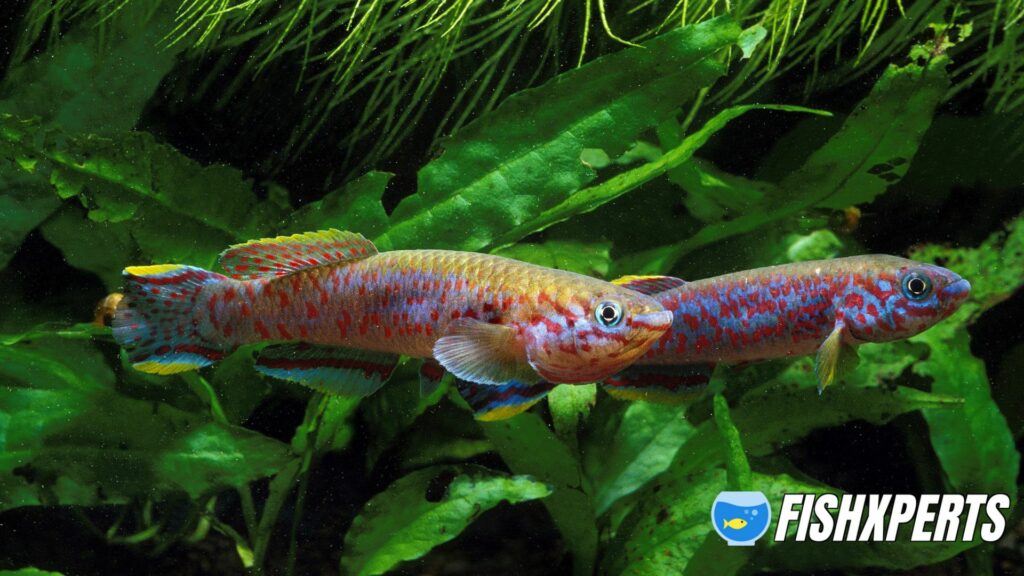
After a few weeks of conditioning, the female fish will start to lay eggs. These eggs should be collected and placed in a separate hatching tank. The hatching tank should be shallow and well-aerated. The water temperature should be around 80 degrees Fahrenheit.
After the eggs have hatched, the fry (baby fish) should be fed live foods such as brine shrimp or microworms. They can be slowly transitioned to dry foods as they grow. The fry should be kept in a separate tank until they are large enough to be moved to the main tank.
With proper care, breeding killifish can be a rewarding experience. These beautiful fish make great additions to any aquarium.
FAQ
Are killifish good for beginners?
Yes, killifish are a good choice for beginner fishkeepers. They are relatively easy to care for and do not require a lot of special equipment.
What size tank do killifish need?
Killifish are a small species of freshwater fish that can be kept in a variety of different sized tanks. A general rule of thumb is that you will need at least 2 gallons of water per killifish. However, it is best to provide as much space as possible for these active little fish. A 20 gallon tank would be a good minimum size for a group of killifish.
How many killifish can you keep together?
You can keep as many killifish together as you like, as long as they have enough space to swim and hide. It is best to keep them in groups of at least six, so they have company and can establish a hierarchy.
Do killifish need an air pump?
No, killifish do not need an air pump. They are able to get the oxygen they need from the water through their gills.
Do killifish need a heater?
No, killifish do not need a heater. They are a tropical fish and prefer water that is between 75 and 82 degrees Fahrenheit.
Can I keep killifish with Betta?
Yes, you can keep killifish with betta fish. Killifish are peaceful fish that can coexist with bettas. In fact, many aquarists believe that killifish make good tank mates for bettas because they help to keep the tank clean.
Do killifish eat other fish?
Yes, killifish do eat other fish, but they are not typically considered to be a threat to other fish populations. Killifish are known to eat small fish, crustaceans, and insects.
While they are not a major predator in most ecosystems, they can have a significant impact on local fish populations if their numbers are high enough.
What do you feed baby killifish?
It is best to feed baby killifish a diet that is high in protein. This can be accomplished by feeding them live foods such as brine shrimp or bloodworms. You can also offer them freeze-dried foods that are high in protein. It is important to offer them a variety of foods to ensure that they are getting all the nutrients they need.
Final Thoughts
Killifish are relatively easy to care for, but there are a few things you need to keep in mind. First, they need to be kept in an aquarium with the proper conditions.
This means the right temperature, pH, and water hardness. Second, they need a diet that consists of live foods. Third, they need to be kept in a group of at least six fish. Fourth, they need to be given plenty of hiding places in the aquarium.
Overall, killifish are a great addition to any aquarium. They are beautiful fish that are relatively easy to care for. Just be sure to do your research before you get started, and you’ll be sure to have a successful experience.
Topics Covered

